Canva is going all in on artificial intelligence — again.
On Thursday, the graphic design platform unveiled a sweeping new set of AI-powered features under the banner “Canva AI,” signaling its intent to stay ahead in the race to build smart, all-in-one creative tools. The update includes AI image generation, an interactive coding assistant, support for spreadsheets, and prompt-driven app creation, among other things.
While some artists continue to voice concerns over the ethics and impact of AI tools in creative industries, Canva is leaning into the tech anyway — and hard.
AI for (Almost) Everything
The centerpiece of this update is Canva’s AI Assistant, which is now capable of:
-
Generating images based on text prompts
-
Brainstorming design ideas (think: flyers, social media posts, business cards, and more)
-
Writing content and creating documents in Canva Docs
-
Building mini-apps like interactive maps or custom calculators via a new tool called Canva Code
That last one is particularly intriguing — Canva Code allows users to build embeddable apps inside their designs, powered by Anthropic’s Claude AI models, in a partnership Canva confirmed to TechCrunch.
Design Meets Development
By adding low-code/no-code development into its ecosystem, Canva isn’t just serving marketers and designers anymore — it's courting a wider range of users, including educators, product teams, and small business owners.
The ability to prompt Canva to build apps could dramatically lower the barrier for interactive web content, putting things like custom tools, dashboards, and visual calculators within reach of non-engineers.
And with new spreadsheet support, Canva is also stepping deeper into productivity software territory — closer to Notion, Airtable, and even Google Sheets.
Why It Matters
Canva’s update underscores two big trends:
-
AI is becoming an expected layer in every creative tool — whether or not users are asking for it.
-
The definition of “design” is expanding — from visuals to code, data, and interactivity.
Canva's decision to integrate AI in such a deep way shows that it’s not just reacting to competition from Adobe or Figma — it's trying to redefine what it means to create and communicate visually in the age of AI.
Whether the AI-first approach alienates traditional designers or empowers a new wave of creators remains to be seen. But one thing’s for sure: Canva isn’t just a drag-and-drop design tool anymore.
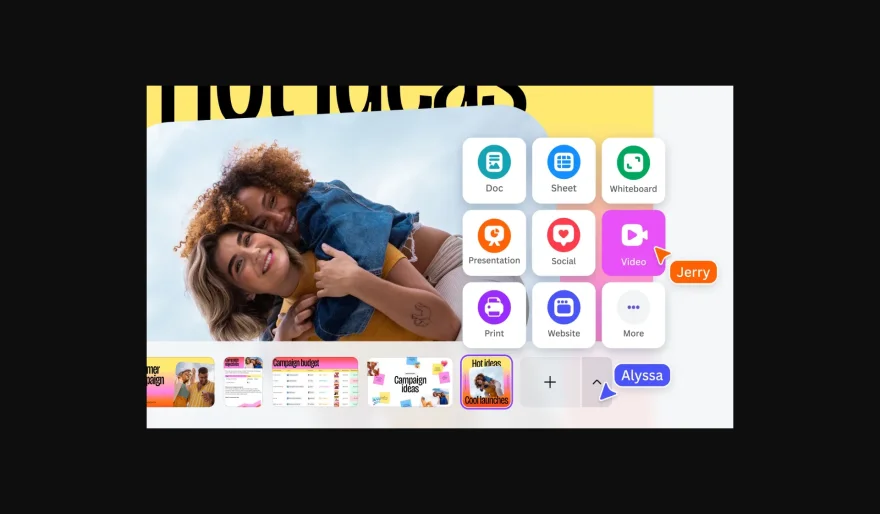
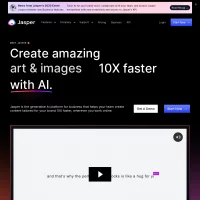


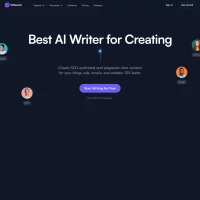



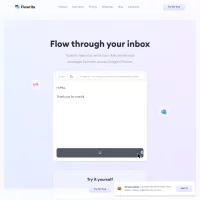

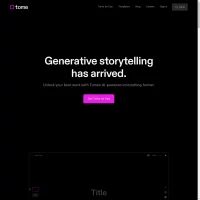


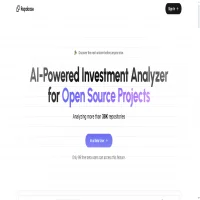
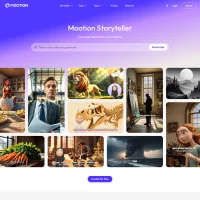
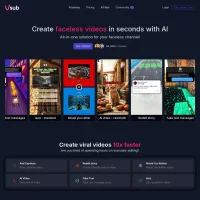

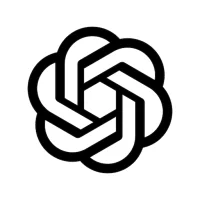


 AI Agents
AI Agents